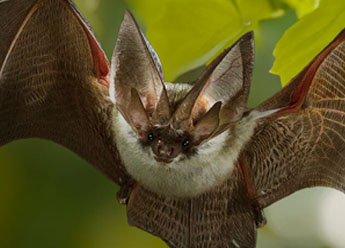Orchards are home to many birds and bats. Attracting and preserving them is essential for our growers who, in return, benefit from their help in fighting pest populations.

The tit
This bird is a great lover of insects such as caterpillars, aphids as well as weevils. Despite its small size, it has a particularly voracious appetite!
Between April and June, when our apples are developing, they can fly up to 500 times a day from their hunting ground to the nest and back to feed their young, thus consuming around 7,000 insects in this period alone!
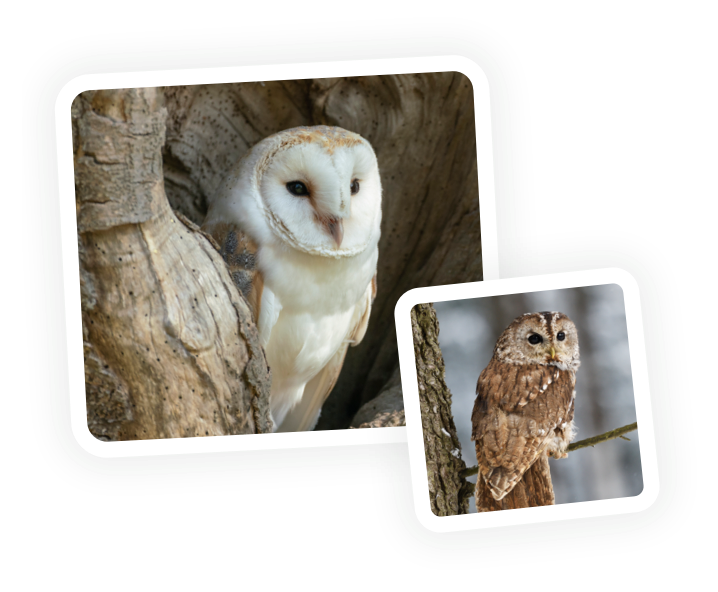
Birds of prey
Nocturnal birds of prey, like owls, are major predators of rodents such as voles, field mice and moles, which come and eat the roots of trees. They thus contribute to the balance of the orchard.
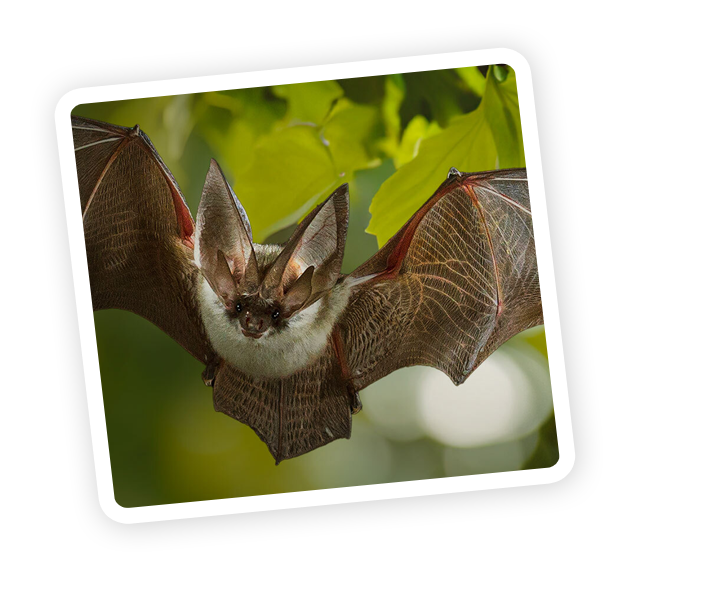
The bat
Bats are insectivores, and feed on all small flying insects (flies, mosquitoes, moths, etc.) that they catch in midair. They can catch up to 600 insects per hour! Their usefulness is particularly remarkable, because at nightfall they hunt insects that are missed by diurnal insectivorous animals (cockchafers, owlet moths, codling moths, peppered moths…)


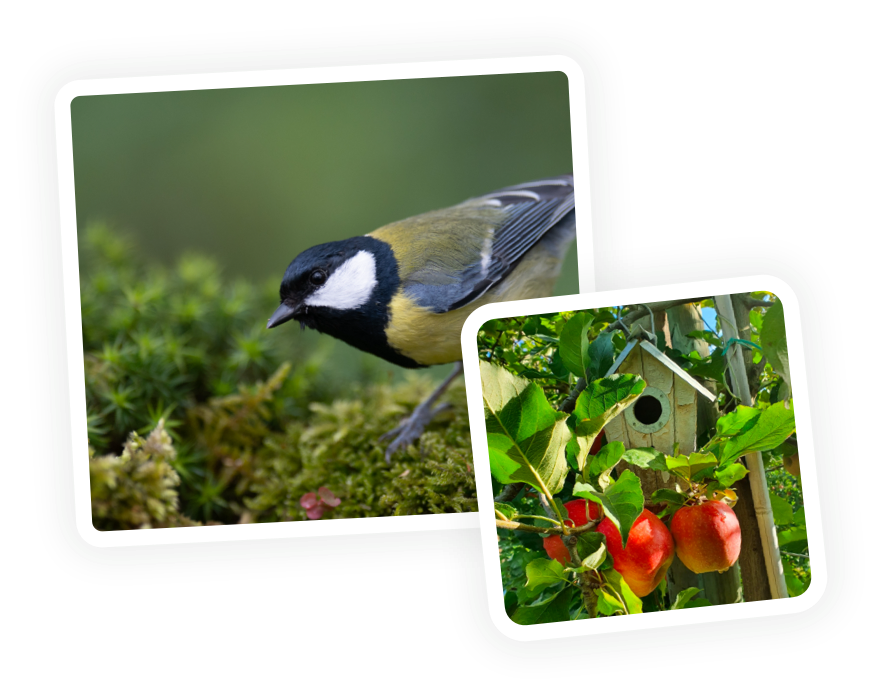
Making them feel welcome
Our growers keep part of their land fallow, maintain grass strips between the rows of apple trees, plant hedges made up of different species of trees and shrubs, and set up nesting boxes and water points.
These agro-ecological infrastructures allow birds to feed and settle in the orchard on a long-term basis.
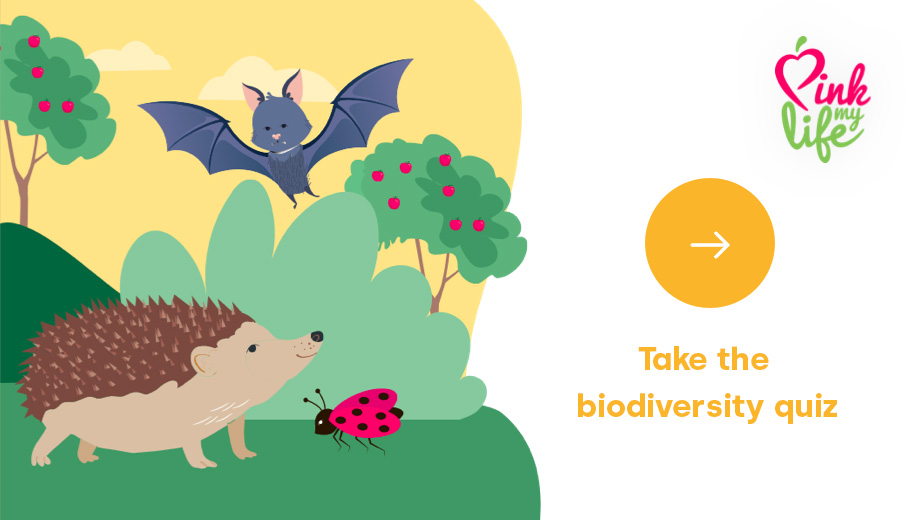
best practicesThe importance of biodiversity in our orchards



